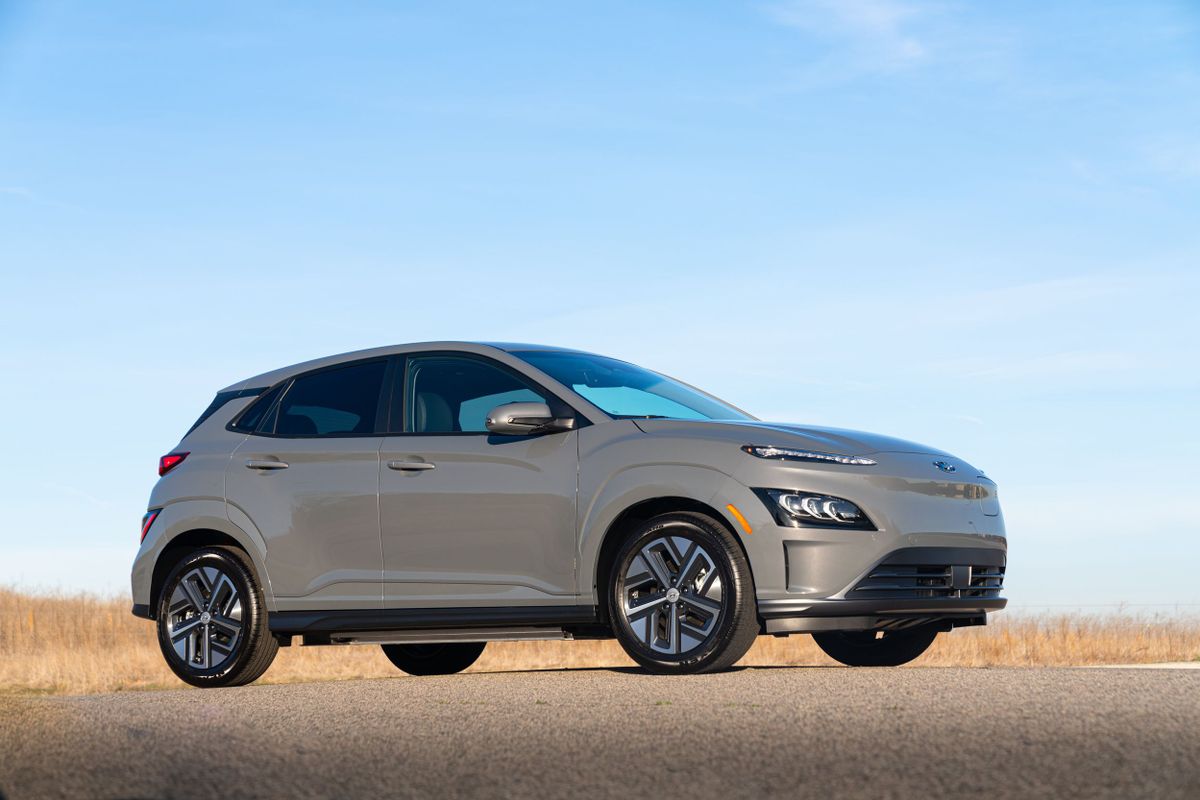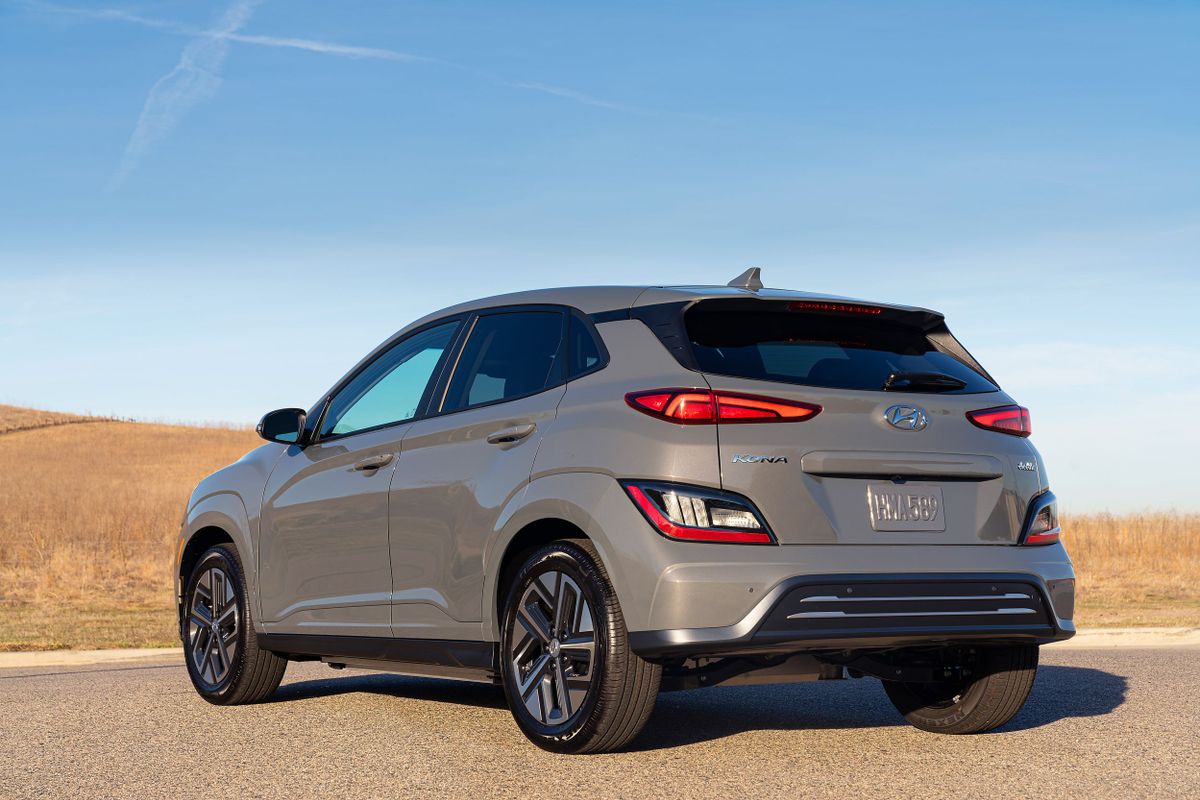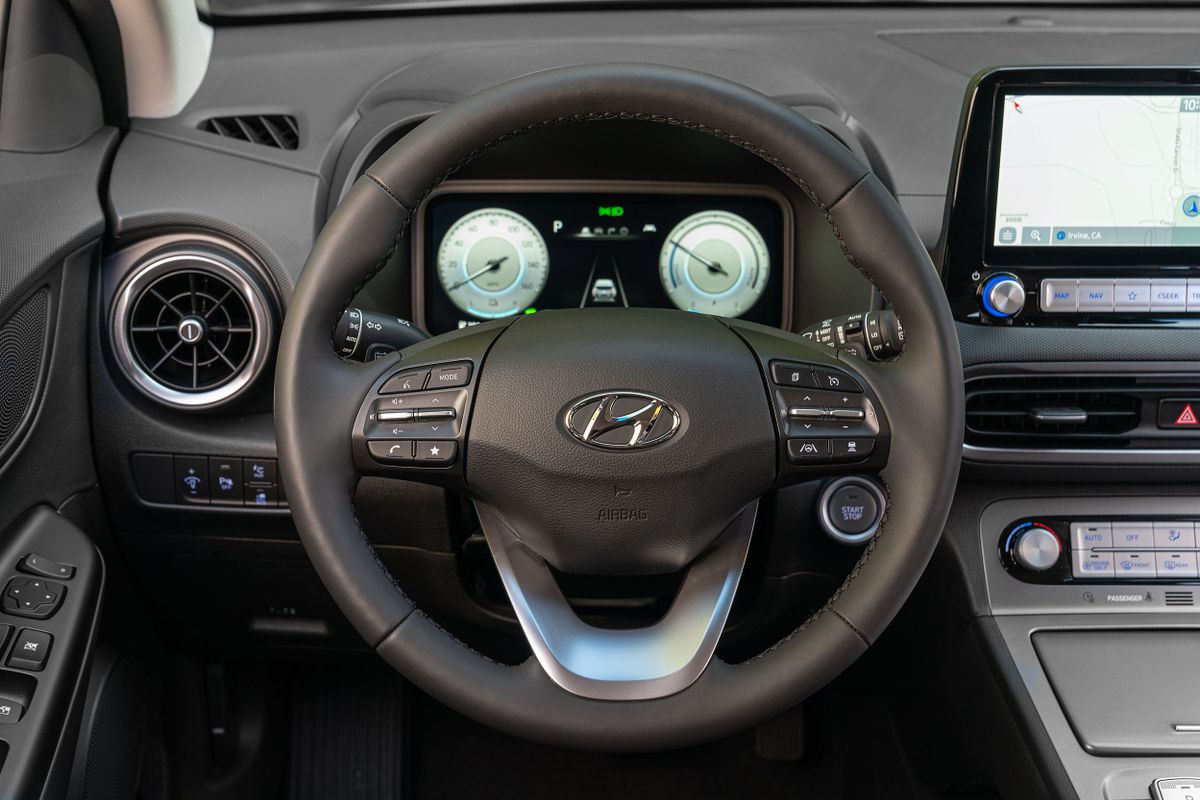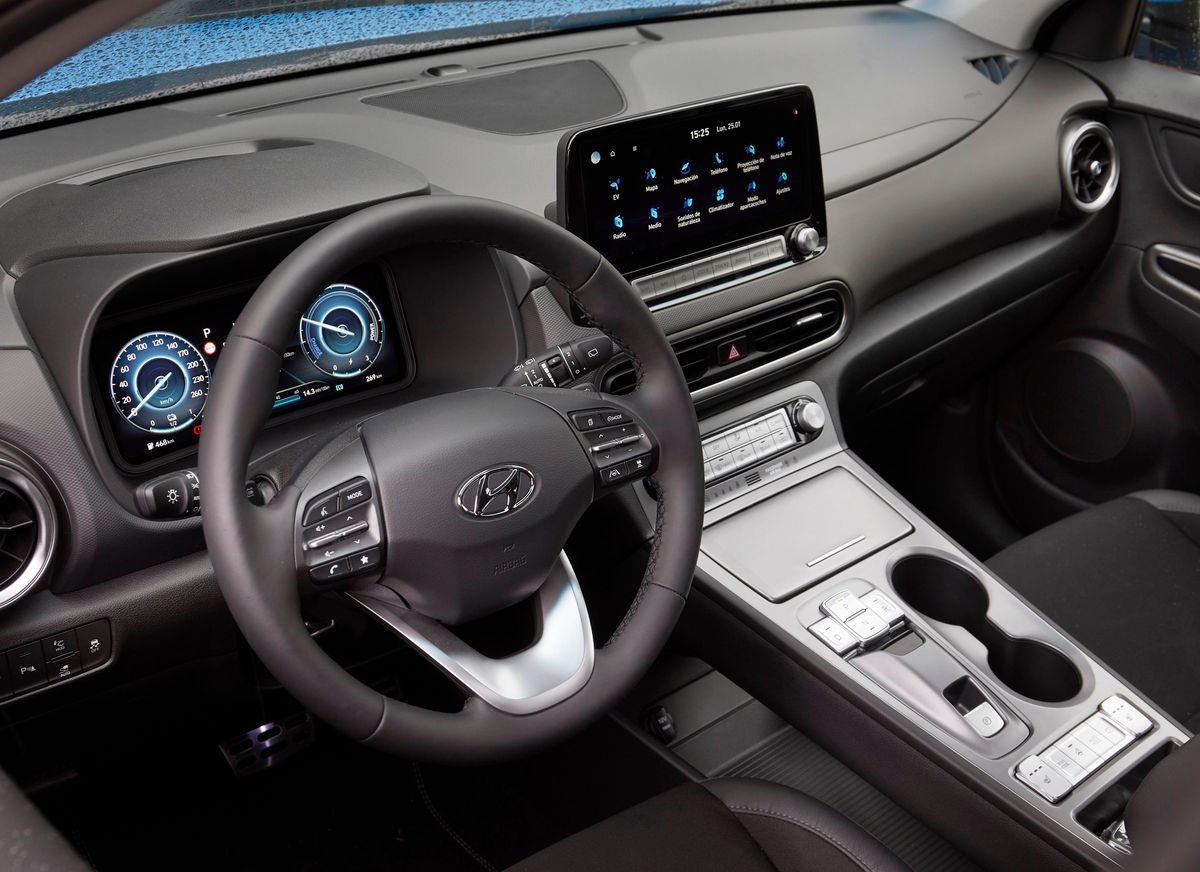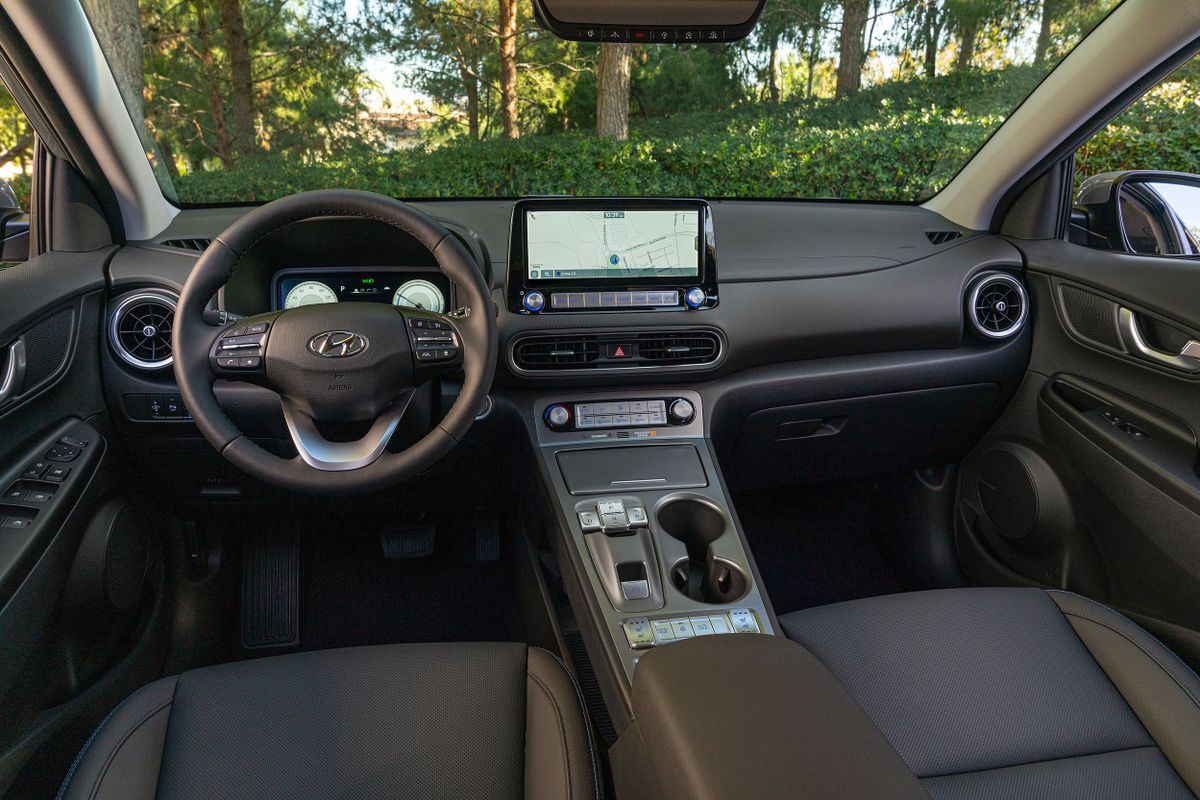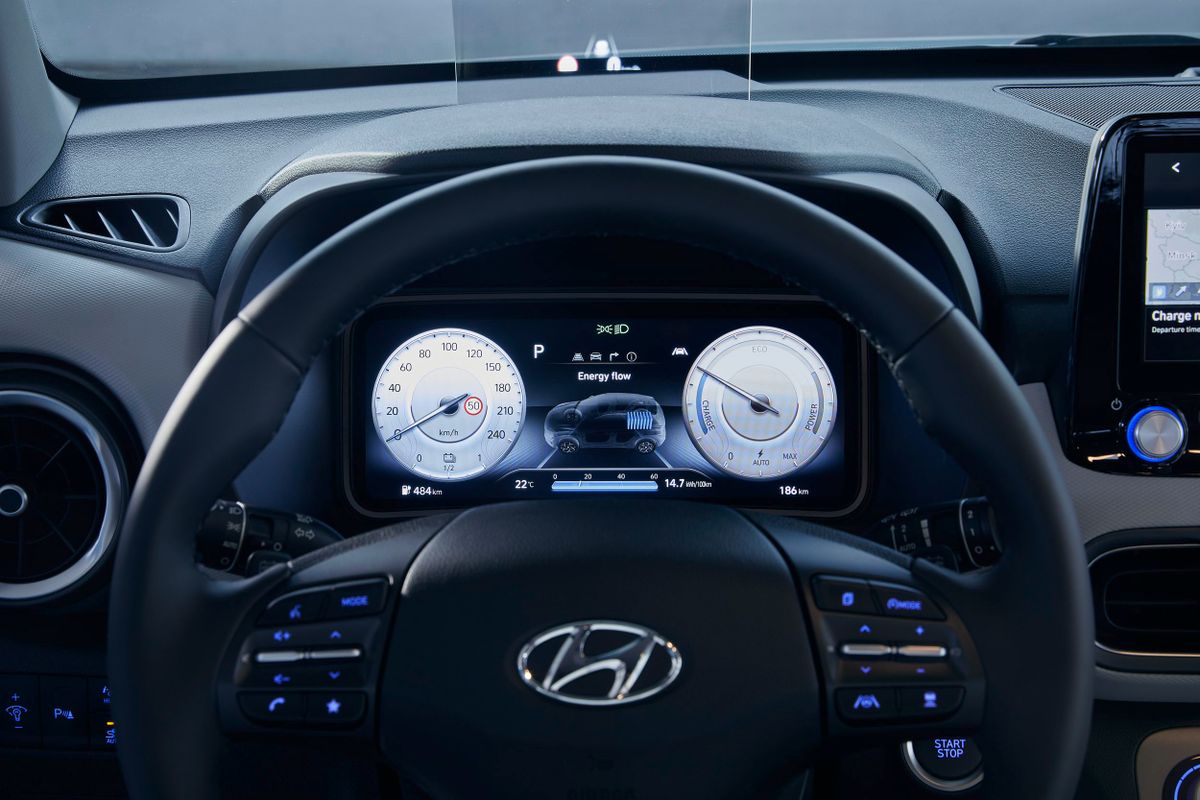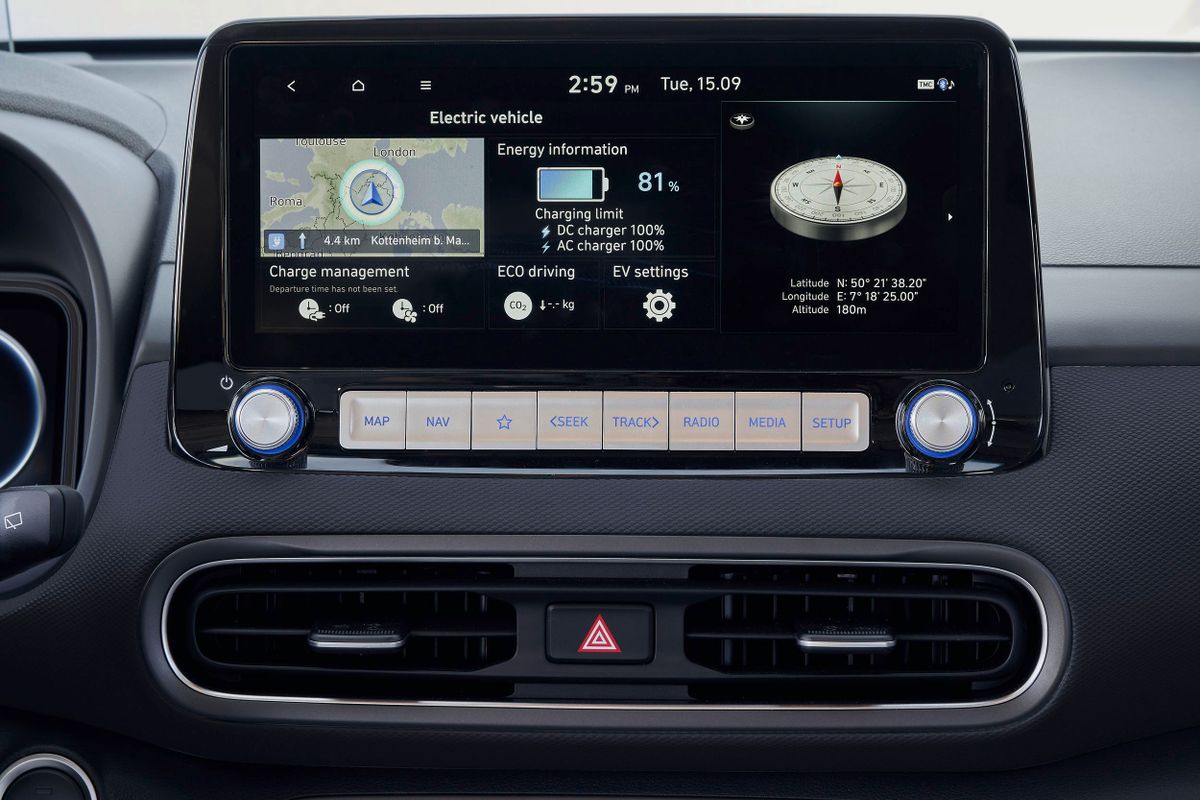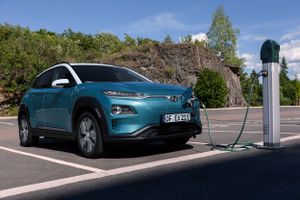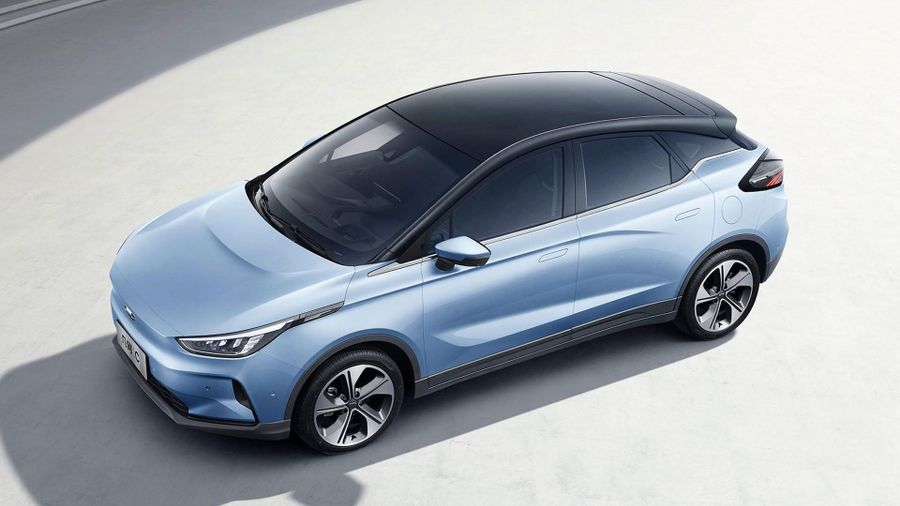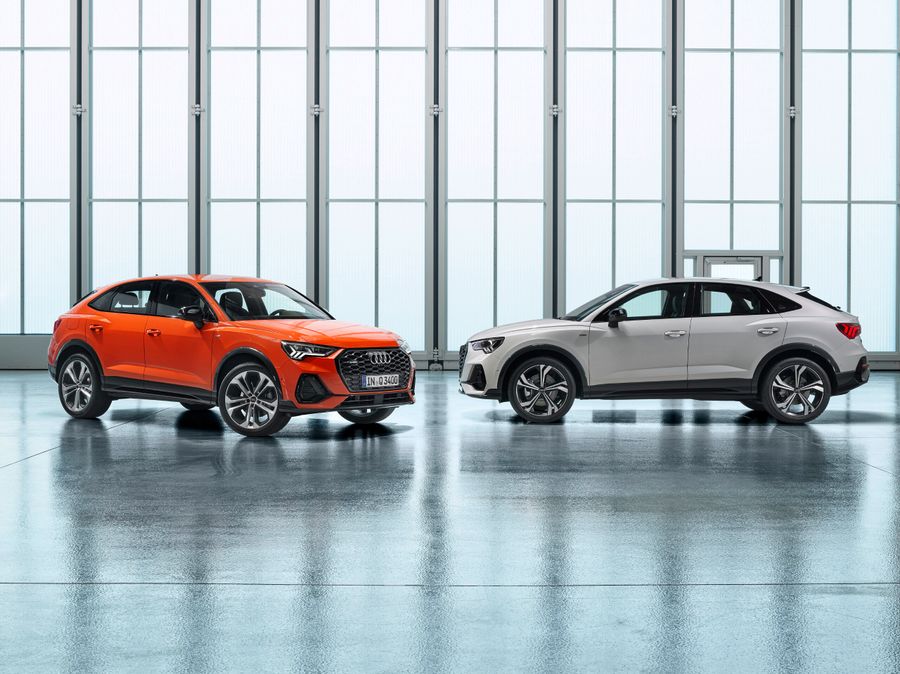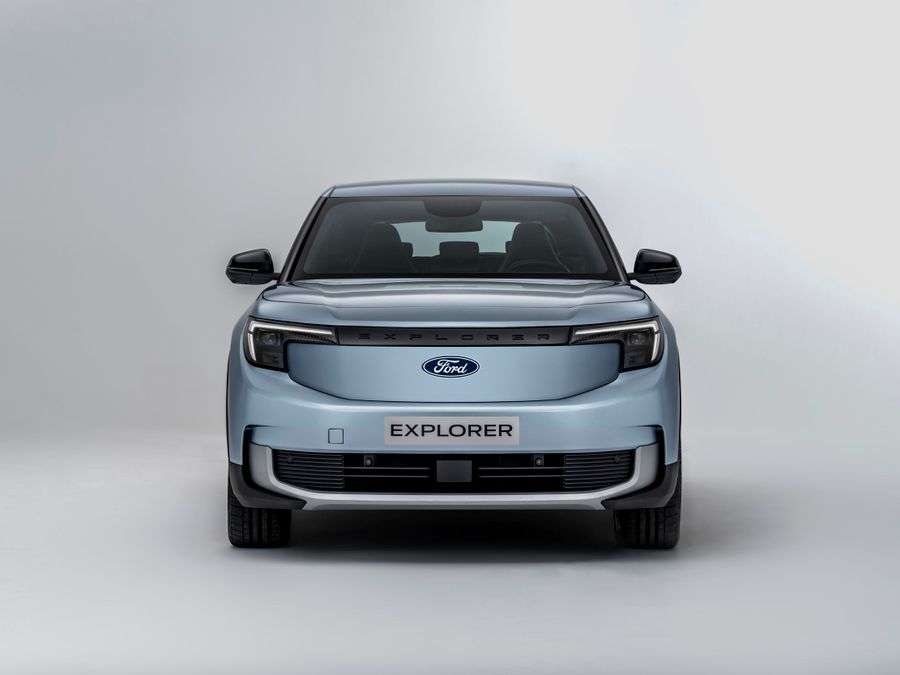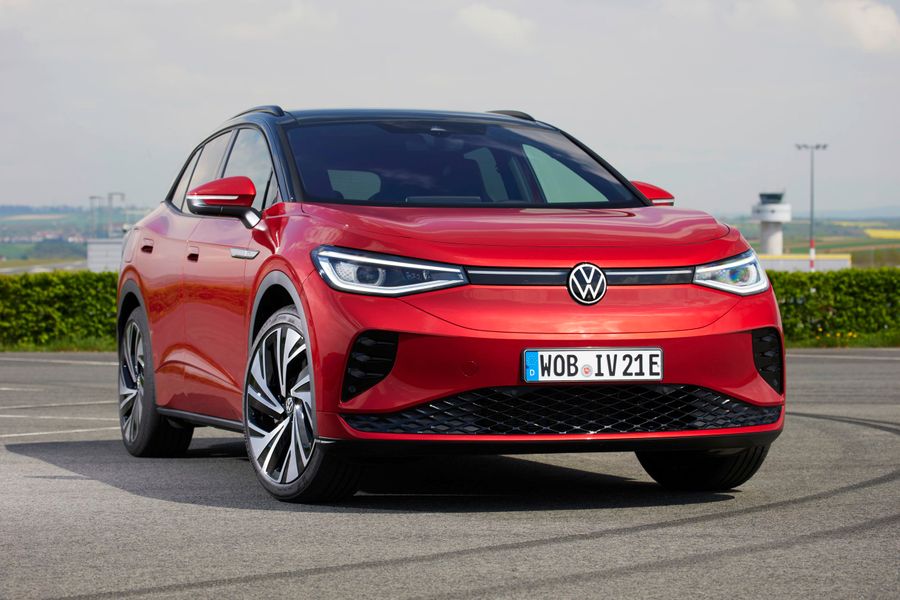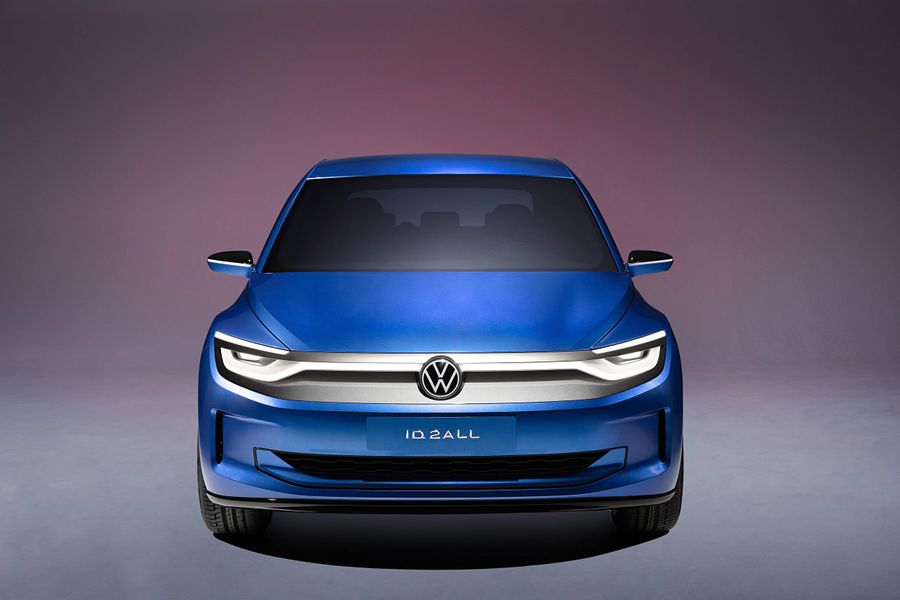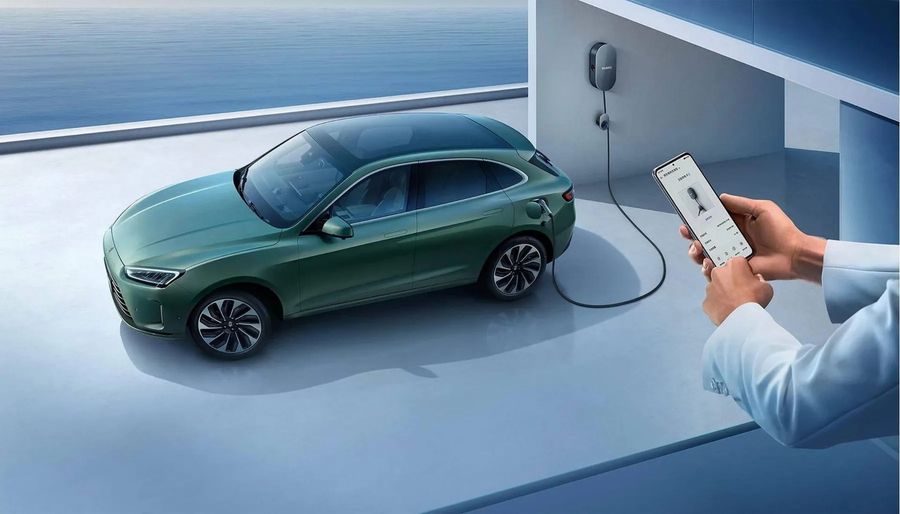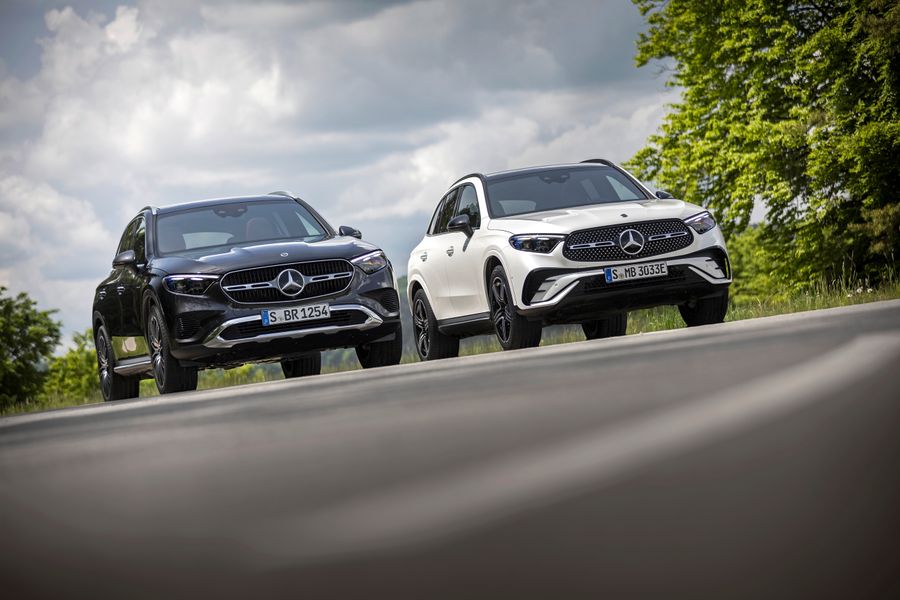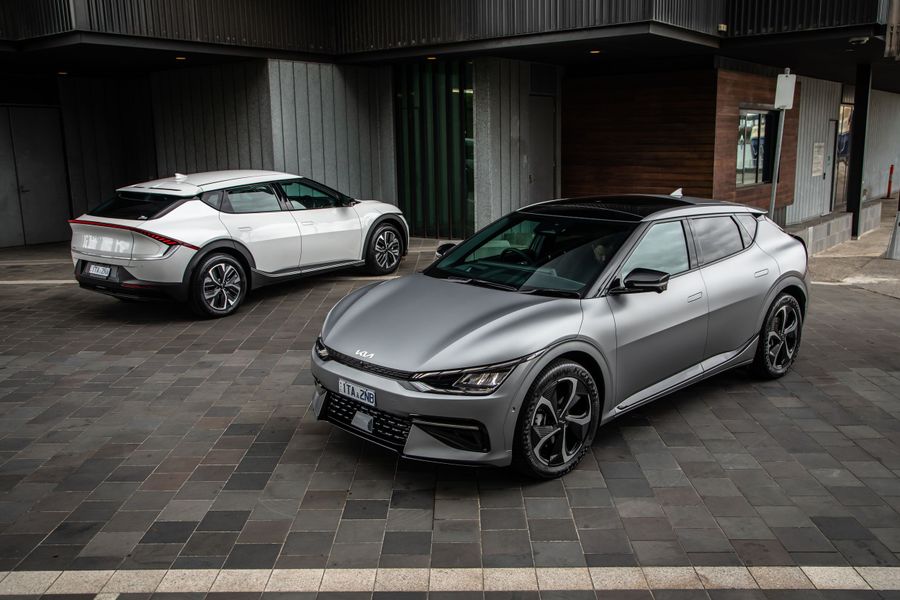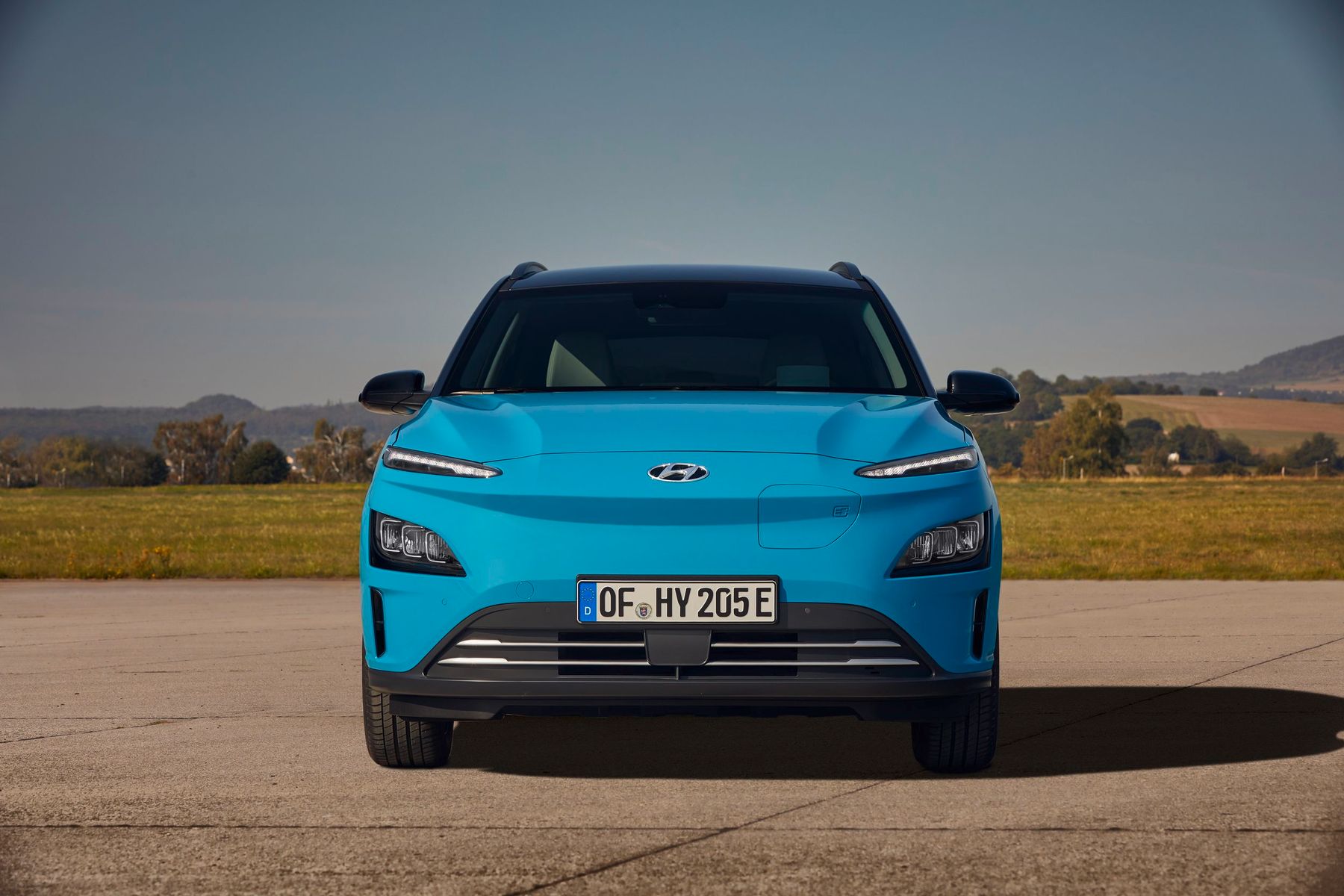
Hyundai Kona EV. Advantages and disadvantages of the Korean electric SUV
The Hyundai Kona EV, officially unveiled in February 2018, became the second battery electric vehicle mass produced by Hyundai after the Hyundai Ioniq hatchback. Already in 2019, the Kona gasoline and electric versions won the prestigious local competition North American Car, Utility and Truck of the Year in the United States. And in Israel, Hyundai’s second electric model ranks second in the Korean brand’s sales chart after the Ioniq 5, with 644 Kona EV vehicles sold in the first months of 2022. Israeli dealerships are offering the first generation SUV (and so far the only) restyled in 2020. But in August, a camouflage-wrapped next-generation EV was seen during testing. The future Kona will have an angular exterior that echoes the contours of the Hyundai Tucson SUV and Ioniq 5 and Ioniq 6 models. In anticipation of the appearance of the new Hyundai Kona EV, let’s see what the pros and cons of the Korean electric SUV are.
In Israel, the new Hyundai Kona EV can be purchased for a minimum of 143,437 shekels (data for 2022, price including registration fees). That's how much the version with a 136 horsepower electric motor and a battery with a capacity of 39.2 kWh costs.
Main features
The Hyundai electric SUV is 4,180 mm long, 1,800 mm wide and 1,570 mm high. Its wheelbase reaches 2,600 mm. The model can be equipped with one of two electric motors with a return of 136 or 204 hp and a torque of 395 Nm. The first motor is associated with a battery with a capacity of 39.2 kWh, the second is powered by a 64 kilowatt battery. The driving range is 300 and 470 km, respectively (according to the WLTP cycle). The entry-level version of the Hyundai Kona EV accelerates from 0 to 100 km/h in 9.9 seconds and gains a maximum of 155 km/h, while an advanced version accelerates in 7.9 seconds and up to 167 km/h.
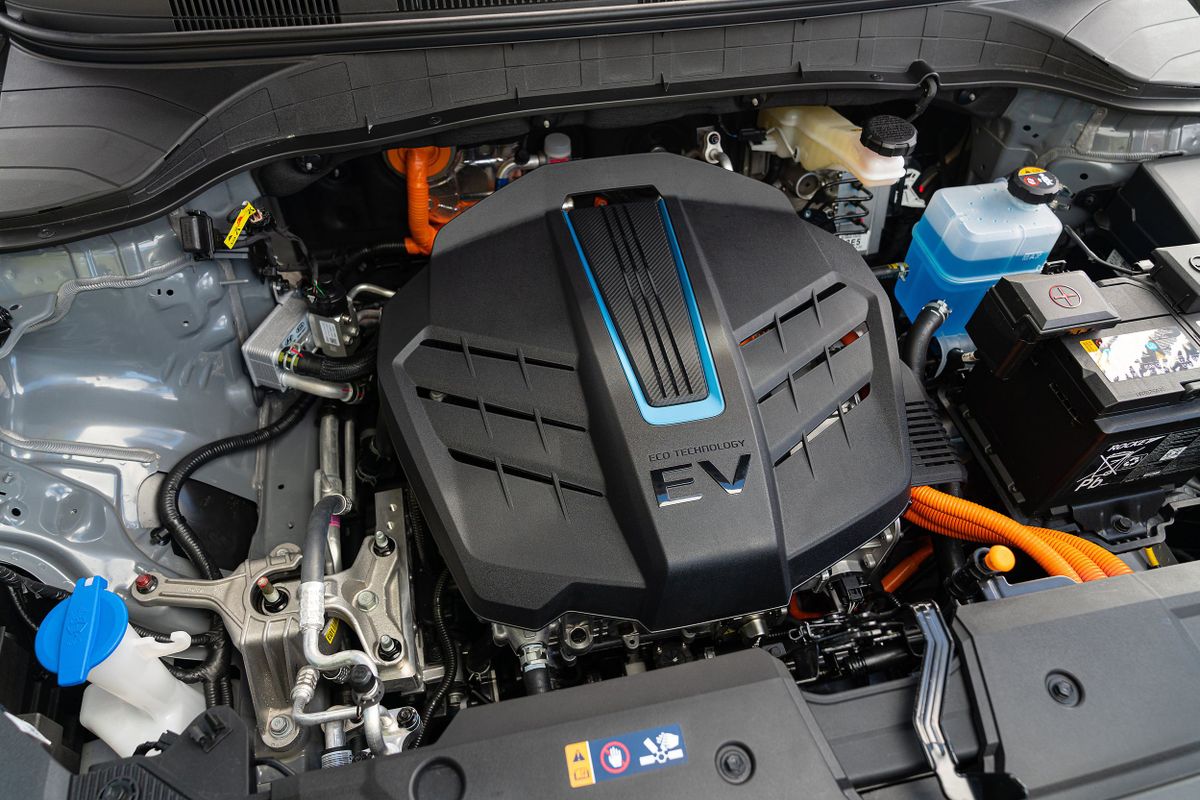
A 100 kilowatt fast charger can charge both batteries to 80% in 54 minutes, while the standard charge time is 6 hours 10 minutes for the smaller battery or 9 hours 40 minutes for the larger. The vehicle is richly equipped, including even a head-up display and wireless charging for smartphones. There is a complex of Hyundai SmartSense security systems, which includes: adaptive cruise control with the ‘Start-Stop’ function, a frontal collision avoidance system with recognition of pedestrians, blind spot monitoring, and lane departure warning system. It also comes standard with 6 airbags.
Advantages
- Decent battery life
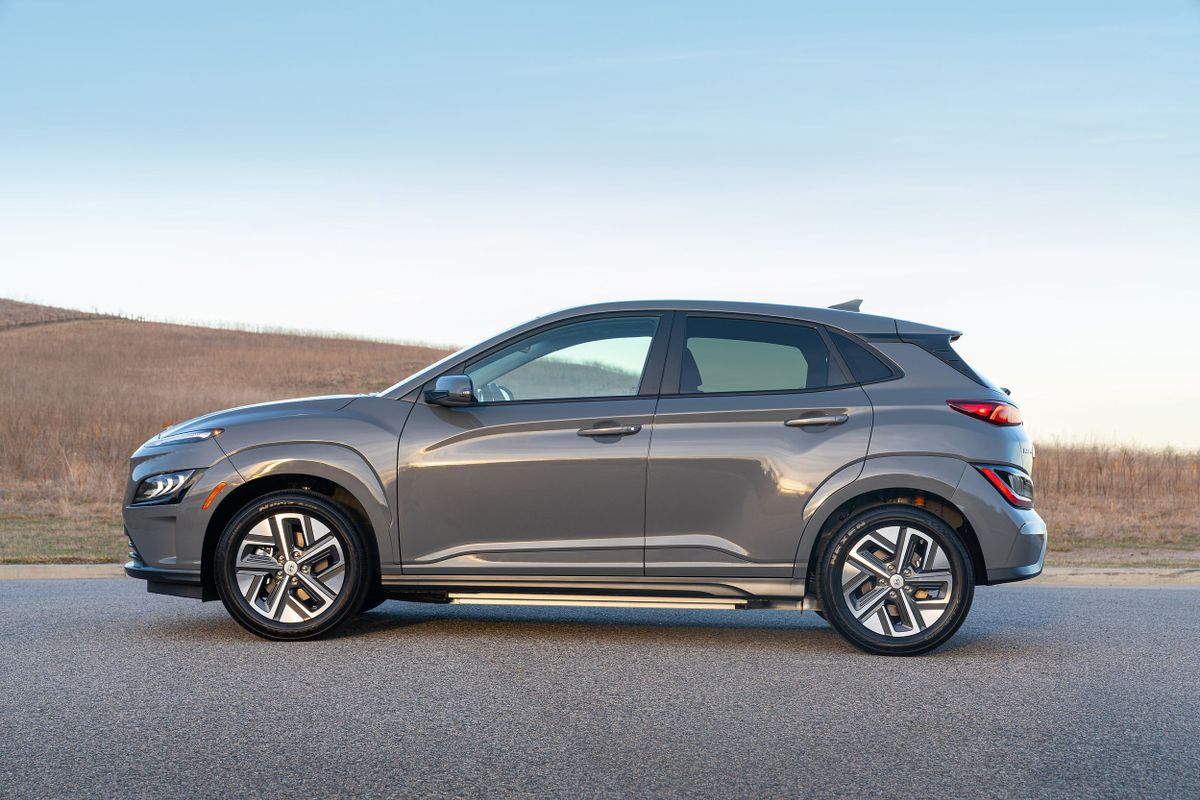
When it first appeared, the Kona EV was one of the long-range vehicles.
- Comfortable and ergonomic interior
The front panel is practical and intuitive. The rear row of seats is as good as the front one, three people can easily sit there. Plus, there is enough legroom.
- Good dynamics
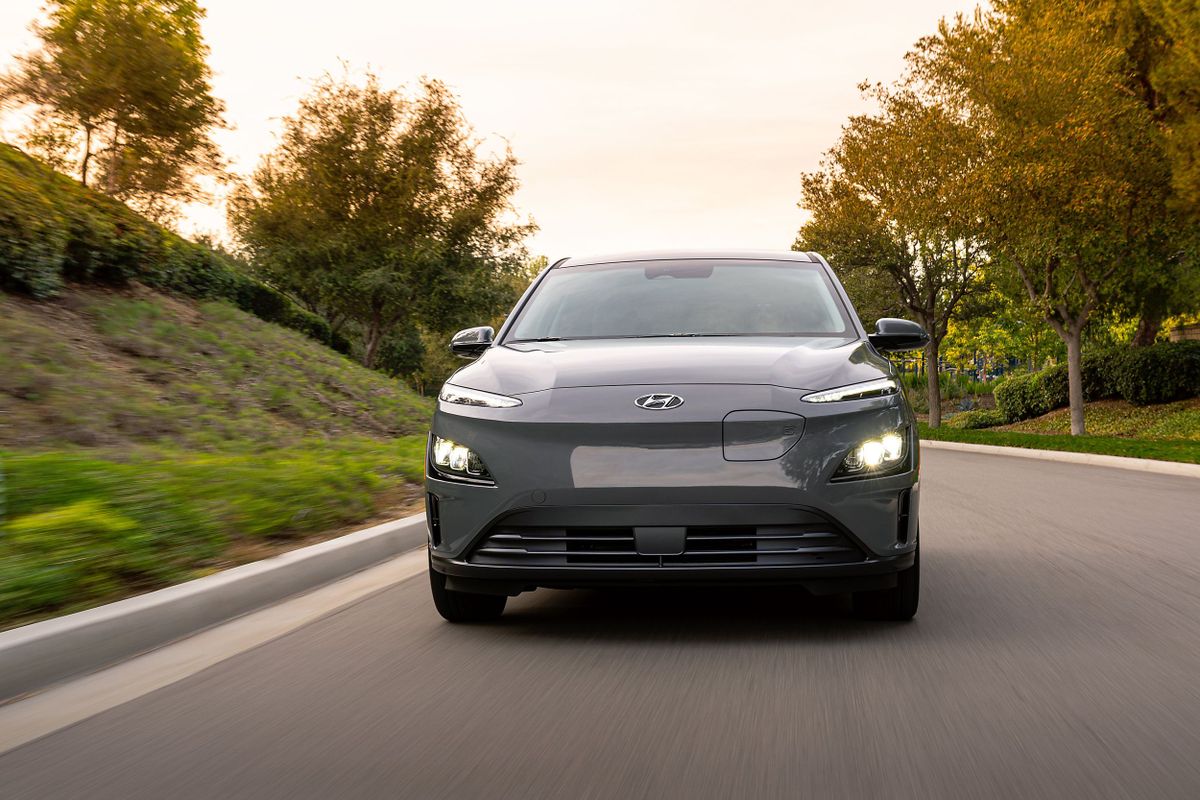
The SUV is dynamic, like many other good electric SUVs: acceleration from 0 to 100 km/h in 7.9 seconds is quite a decent indicator.
- Energetic efficiency
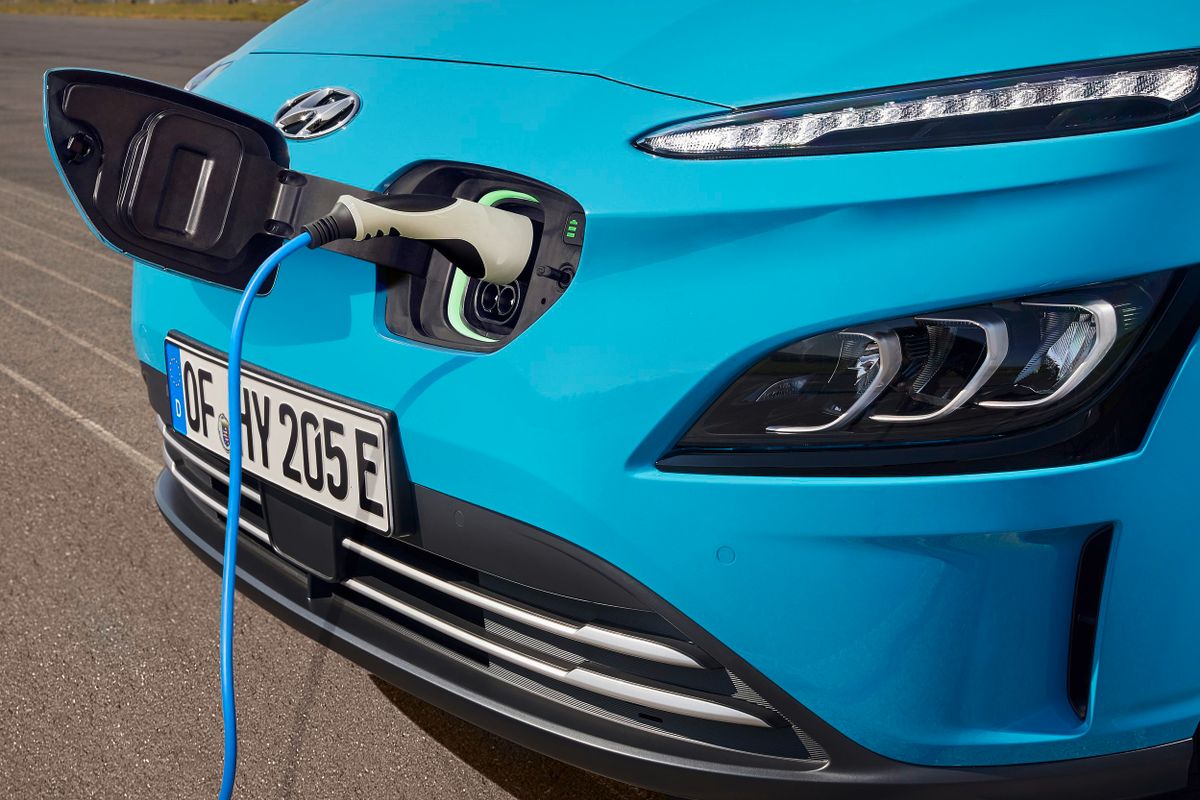
Owners consider the vehicle fuel-efficient even among electric vehicles: the average energy consumption is 14 to 16 kW per 100 km. Interesting detail: the electric Kona was equipped with a ‘Drivers Only’ air conditioning mode (ventilation and blowing only of the driver’s area to save battery power).
- Rich equipment
Equipment includes: 7-inch digital dashboard, multi-function steering wheel with tilt and reach adjustment, air conditioning with climate control, 7-inch multimedia system touchscreen with Bluetooth, Apple CarPlay and Android Auto. The SUV has a full set of airbags and a rear camera. The Israeli version is equipped with adaptive cruise control, FCA collision warning system with pedestrian detection, BCA blind spot monitoring system with lane departure warning, an RCCW reverse collision warning system and an LKA lane keeping assist system. There is also a DAW driver fatigue warning system.
Disadvantages
When it comes to electric vehicles, we often talk about their ‘fiery’ temperament. The most famous case of spontaneous combustion of a Hyundai electric SUV was recorded in the Korean city of Daegu: this vehicle was retired and visited the service center just to avoid possible spontaneous combustion. Unfortunately, due to the burning nature of lithium-ion batteries, firefighters were unable to extinguish the vehicle. In total, in January 2021, 15 cases of spontaneous combustion of the Hyundai Kona EV were recorded worldwide. The manufacturer fixed the problem and withdrew 77,000 of these vehicles to replace the battery management system firmware, then was forced to change the batteries themselves. The Kona Electric uses LC Chem (now LG Energy Solution) brand batteries. They are also installed on the Chevrolet Bolt, with which spontaneous combustion also occurred.
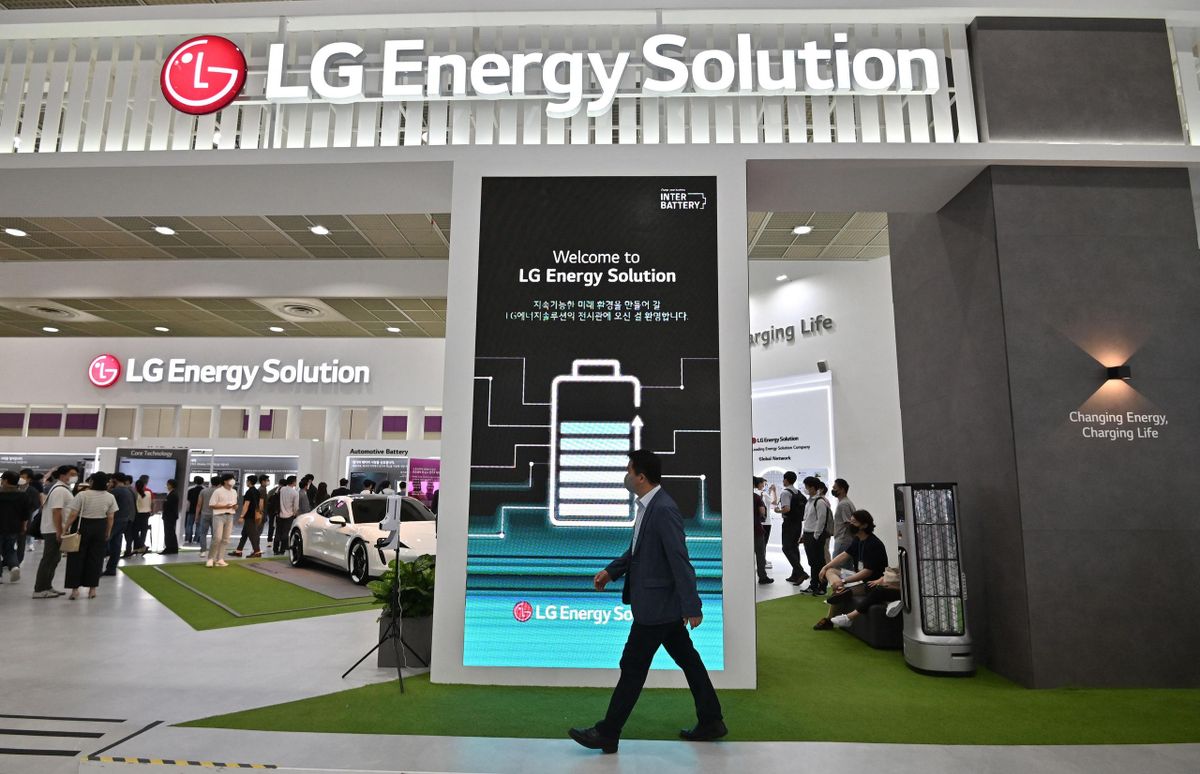
Among the less serious shortcomings is the lack of memory for seat settings for the second driver, which will be inconvenient for families with two drivers of different builds. Residents of countries with a harsher climate complained about the lack of all-wheel drive versions: slipping on wet surfaces is very annoying. For a more pleasant feeling during the operation, it is useful to refine the sound and vibration insulation.


